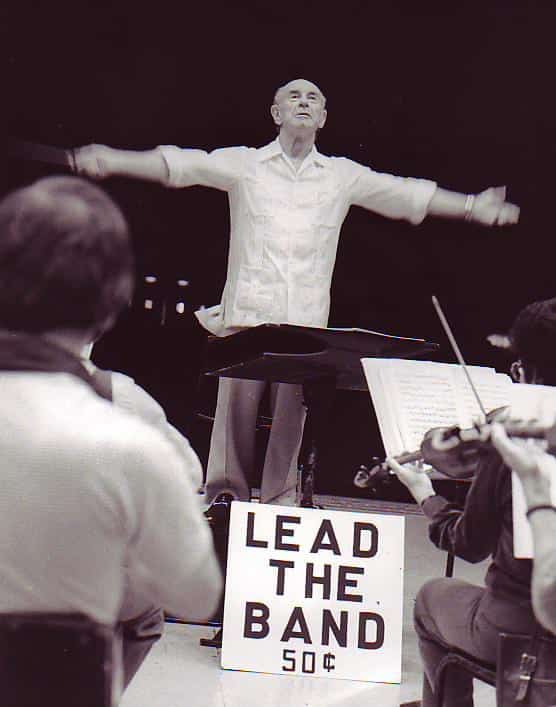How stagehands know where musicians need to sit
UncategorizedWe have obtained a copy of the so-called ‘stage plot’ for a string quartet performance, created using CAD (computer-aided draughting).
It shows stagehands at the recent Banff International String Quartet exactly the type, position, and adjustment of the stage furniture and accoutrements for one of the nine competing quartets.
Amazing the care and attention that goes into these preparations.







If you do it at Carnegie Hall you can get paid more than the President.
I see no-one remembers earlier threads about the mind-boggling sums earned by the Carnegie ‘Technical Staff’.
This is standard-not just for classical music but anything having performers on a stage. There’s also production staff who liaise with the stage managers on an ongoing basis to ensure all the human, technical and spatial needs are taken care of. Many diagrams are incredibly complicated looking to the untrained eye.
Hardly a secret or a revelation! Halls/orchestras prepare full seating plans for each concert, including conductor preferences on layout.
Amazing that you find it amazing. Standard practice at halls, theatre pits and recording studios all over the world. Musicians are dependent on and, mostly, greatly appreciative of the hard work done by the backstage personnel.
And don’t forget to remove all the brown M&Ms
I recall long ago reading a review of a string quartet concert at Tanglewood (in the old Theatre) where the reviewer criticized the Boston Symphony administration for “not being able to find 4 matching chairs”.
They were the same chairs (or at least the same model) that I’d seen the same quartet use in other cities.
I guess it had not occurred to that reviewer that string players spend many hours every day in rather unnatural positions while sitting, and that many have found that a specific chair is essential to prevent or ameliorate job-related orthopedic issues.
Imagine what’s required for a 100 piece orchestra!
I remember a lovely story about the great Vladimir Horowitz giving his first Carnegie Hall recital. At his rehearsal, he had the stage hands move the piano many times an inch here or six inches there until, eventually, he said ‘That’s the spot!’
The head stage hand, who was sick of all this and, when Horowitz had left, hammered some red headed nails into the spot where the piano had come to rest.
A few weeks later, Horowitz returned to give another recital. The same performance ensued until Horowitz said ‘That’s the spot’. And it was EXACTLY the same place the red nails were hammered in!
After that, the stage crew at Carnage Hall couldn’t do enough for Horowitz!
Nailed it!